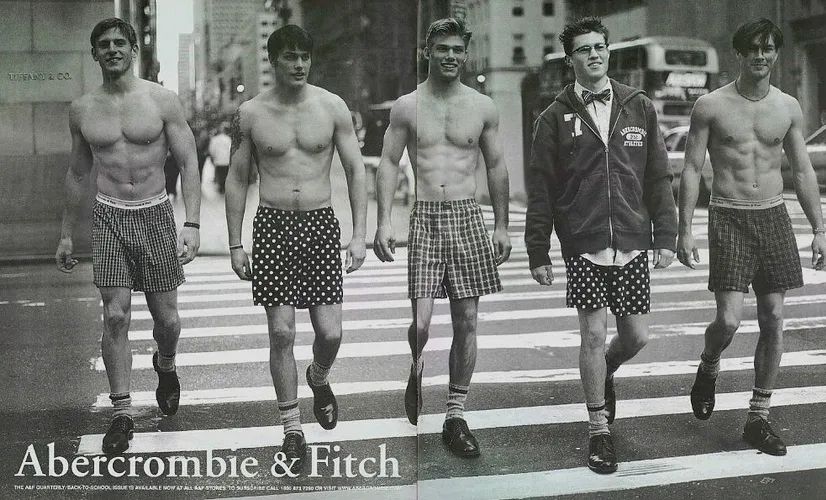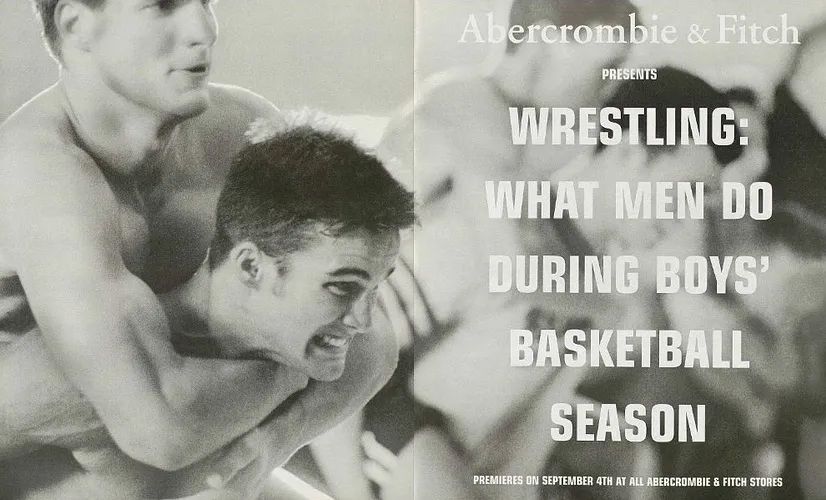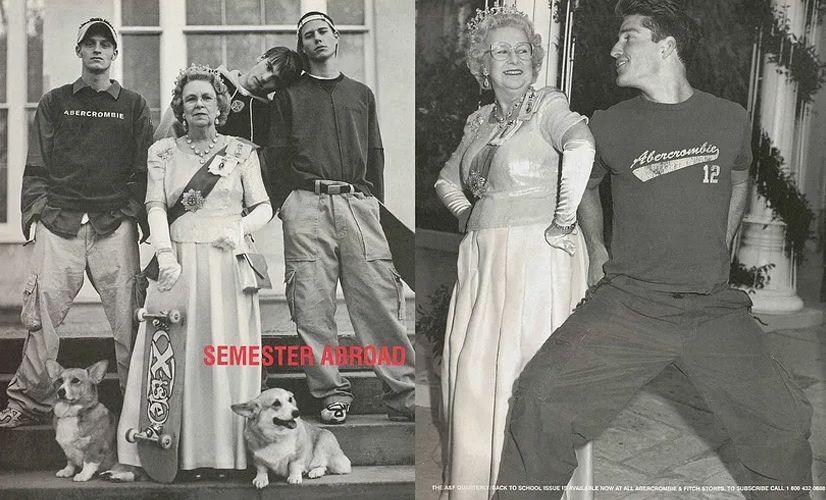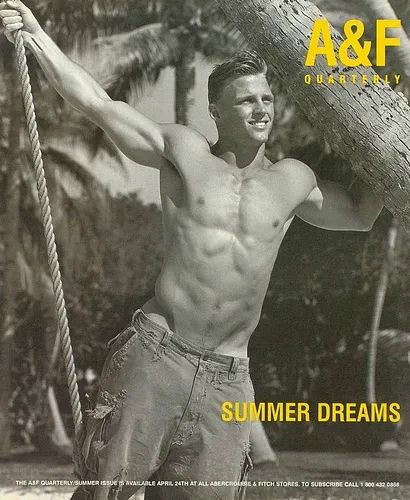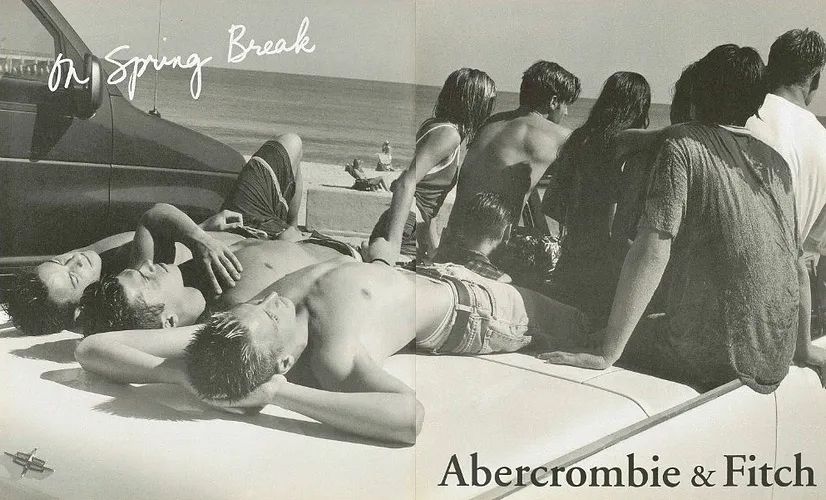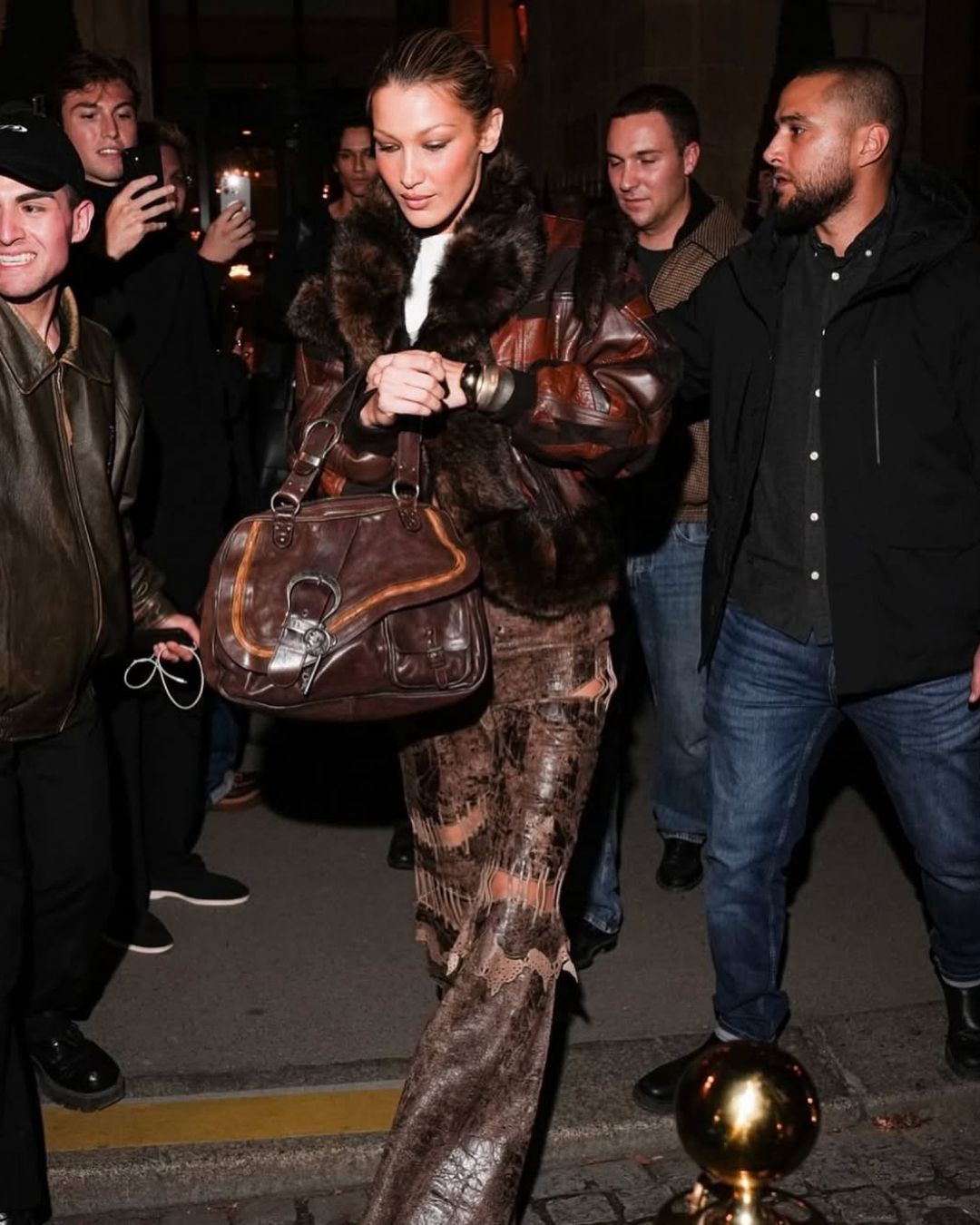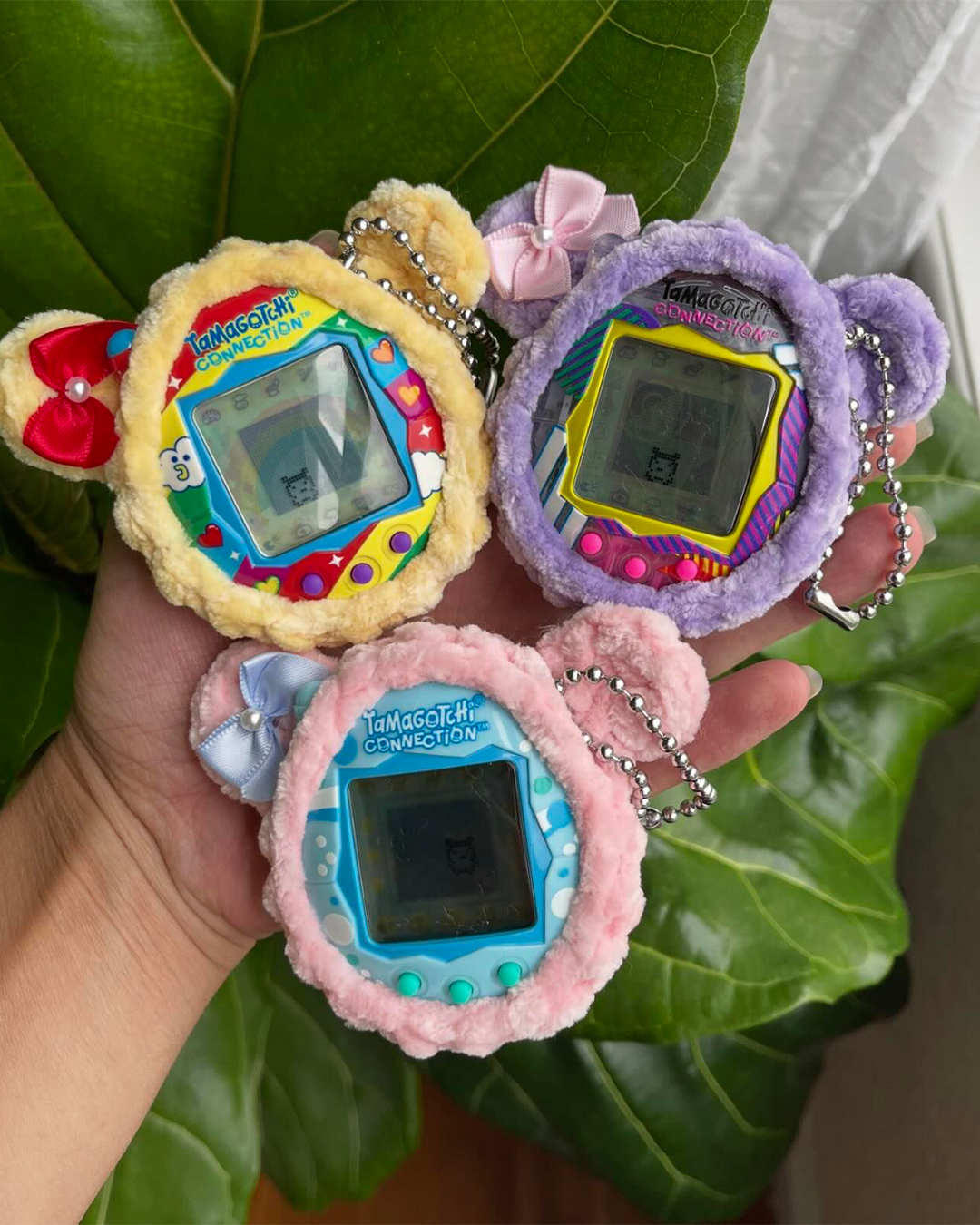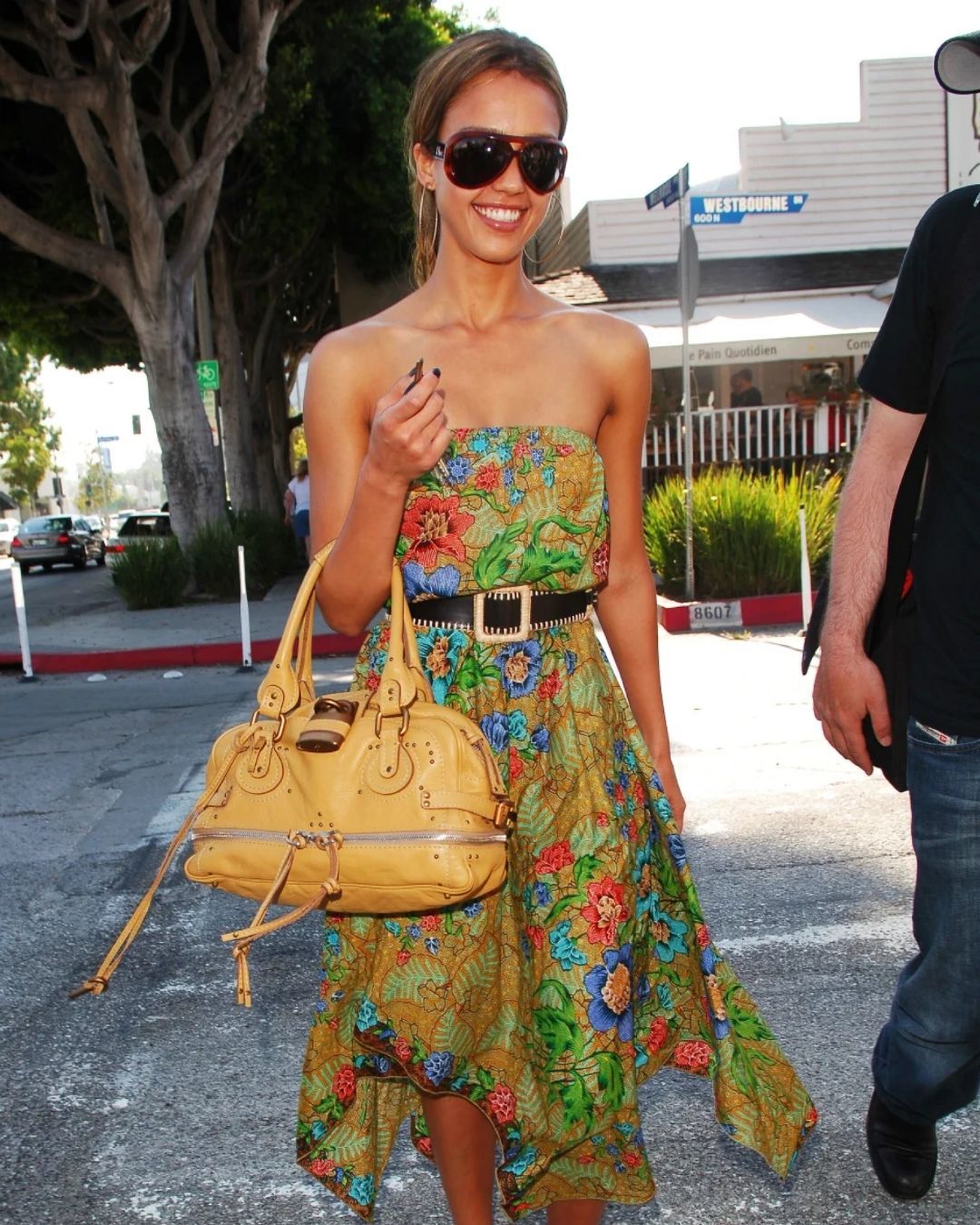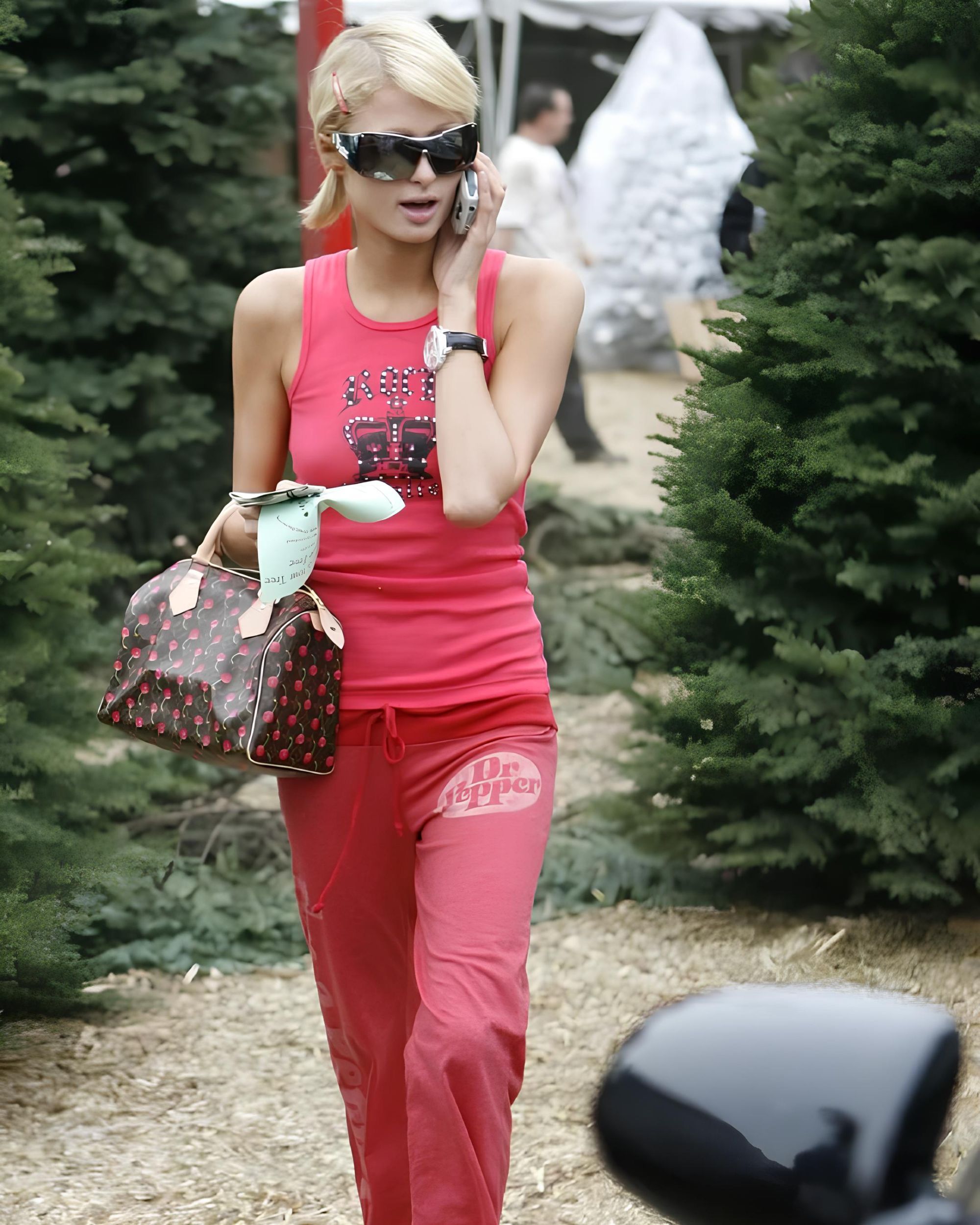
Abercrombie & Fitch and the dark side of the 2000s The rise and fall of the American brand told in the Netflix documentary
Dimly lit spaces, loud music and a perfume that, according to urban legend, was sprayed by employees directly into the ventilation system. Looking back on it today, the aesthetic that made Abercrombie & Fitch famous was a child of its time: exaggerated, often vulgar and certainly impossible to reproduce today. It wasn't so much the clothes, which by now have undergone heavy restyling after the various baton changes at the helm, but for the message of a company that has never hidden its elitist, exclusionary and above all not very inclusive nature. «We're looking for the attractive young American with a great attitude and lots of friends. A lot of people aren't made for our clothes, they can't have them. Are we excluding them? Absolutely,» the company's then-CEO Mike Jeffries had said in 2006 in an interview that went viral in 2013, a full seven years after it was published. The reason for such a delay is partly at the center of White Hot, the Netflix documentary that recounts the success and decline of Abercrombie & Fitch through what in the early 2000s made great what was the brand symbol of the "Mall Culture", the one made of afternoons spent in malls shopping and now disappeared, like many other things that were part of the world of Abercrombie.
While those polo shirts would be impossible to stomach nowadays, it was the accusations of racism and discriminatory hiring practices that decreed the slow and painful end of the brand as we knew it. Among the episodes recounted by the documentary there is, for example, that of a shirt that advertised a fake laundry, "Wong Brothers Laundry Service", whose tagline was "Two Wongs Can Make It White" with a blatantly racist representation of two men whose features are as caricatured as they are offensive. But digging online you can find a whole list of "douchey t-shirts" that Abercrombie stopped producing, from "The Island of Lesbos, every man's dream" to "Extreme makeover" in which the drawing of a paper bag left no room for misunderstanding. As Cam Wolf wrote in GQ, the feeling was that customers expected to see the brand behave in the rough and rude manner of the high schoolers it aspired to dress. Abercrombie was an aspirational brand and as such it did not sell only clothes, which not by chance are marginal in the story told by White Hot, but a world, the "All-American" world of muscular young men portrayed in the photos of Bruce Weber, an imagery created so accurately and maniacally by former CEO Mike Jeffries that it has become a standard to follow.
«Abercrombie didn't create evil and classism, he just packaged it» says one of the interviewees in the last scenes of the documentary, perfectly summarizing the rise and fall of the brand, an emanation of a decade of excess and bad taste but at the same time an indictment of the state of what was our culture only ten years ago. «It was a culture that enthusiastically embraced almost every elitist view of the world. It defined beauty as thin, white and young, it was a culture that was happy to exclude people,» he says in the closing lines of White Hot, reminding us once again of all the ingredients that have made the rise of Abercrombie as deplorable as fascinating as the ultimate expression of Y2K aesthetics and that today, in an era in which the word revival is pronounced so lightly, should be a warning to avoid finding ourselves once again in the era of bad taste.










































